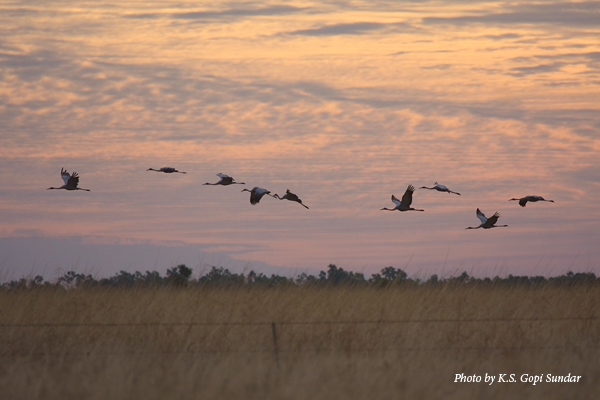
Stand up for endangered species, like the Whooping Crane, and submit your comment(s) on the proposed rule changes to the Endangered Species Act by 11:59 p.m. Eastern Time on December 22, 2025.

“Welcome Siberian Cranes to their wintering area in Kuixiang, Guangdong Province” by Long Baichuan If a picture is worth a thousand words, an image of a crane is visual poetry. Cranes are beautiful and elegant large wading birds found on every continent except South America and Antarctica. East Asia has the largest number of crane species in the world, with nine of the 15 species. Cranes also have special cultural significance in East Asia, especially in China, South Korea and Japan. However, cranes continue to face increasing threats, including climate change, habitat degradation and loss, human disturbance, and are at risk of population decline or even extinction in the wild.

Yesterday evening (India time), I received a message from the editor that our submission has been accepted for publication in the journal “Emu – Austral Ornithology.” This journal is Australia’s foremost source of scientific information on birds, and it is not easy to get work published here. Wooo–hooo!!
The habitat that first comes to mind when we refer to cranes is wetlands. We immediately think of an expansive amount of water dotted with lilies and lotus, bordered by swaying reeds in which a heron or two skulks, accompanied by the symphony of frogs. For the Sarus Crane, the imagery is more diverse. In South Asia, these cranes live and nest amid flooded rice paddies, never far from the humdrum of a north Indian village, its farmers and their cattle. They also use the community-owned wetlands on the riverine floodplains, where they are joined by a multitude of waterbird species, alongside cattle, pigs and farmers.
No results found.
Adjust the filters and try again.